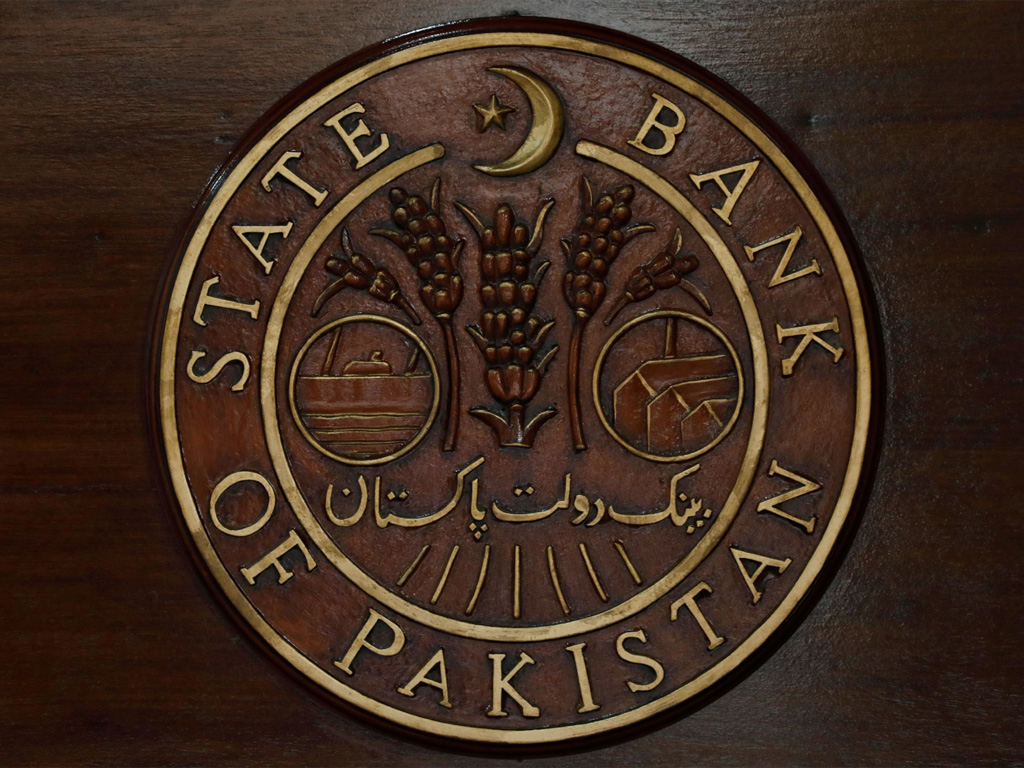 The country's current account deficit shrunk significantly, ie, 73 percent during the first nine months of this fiscal year, supported mainly by a steep decline in goods import bill.
The country's current account deficit shrunk significantly, ie, 73 percent during the first nine months of this fiscal year, supported mainly by a steep decline in goods import bill.
According to State Bank of Pakistan (SBP), Pakistan, the balance of payments position has improved notably as current account has posted $2.768 billion deficit in Jul-Mar of FY20 compared to $10.284 billion during the same period last year (FY19), showing a notable decline of $7.516 billion. Month-on-month basis, current account deficit stood at $6 million in March 2020 versus $198 million in February 2020.
This massive decline in the current account deficit was largely due to a significant contraction in import payments, along with encouraging receipts of home remittances. Pakistan import bill fell sharply 16 percent or $6 billion in first nine months of this fiscal year.
Economists said as the current account deficit was lower, it was comfortably financed with support of the available financial flows including sizable portfolio flows into local currency debt instruments and IMF inflows of Extended Fund Facility (EFF).
The significant reduction in the current account deficit mainly reflected the impact of macroeconomic stabilization measures undertaken over the past year, which have significantly curtailed the import demand of a wide range of non-energy and energy products, they added.
They said that depressed international commodity prices have also helped to contain the import bill, whereas, with low growth export receipts have yet to contribute significantly to this improvement in the balance of payment.
The detailed analysis revealed that cumulative deficit of goods, service and income sector was shrunk 25 percent to $ 21.399 billion in July-March of FY20 down from $ 24.484 billion in same period of FY19.
With $ 18.256 billion exports and $ 32.936 billion imports, the country's goods trade deficit was stood at $14.680 billion in first nine months of this fiscal year as against $ 39.312 billion in corresponding period of last fiscal year.
The primary income and services trade, however, recorded a higher deficit. During the period under review, services trade deficit was $ 2.441 billion with $ 4.27 billion exports and $ 6.68 billion imports. In addition, deficit of income sector was $4.278 billion with $ 452 billion receipts and $ 7.43 billion payment.
Economists said that the improved numbers has also provided some cushion to build the depleting foreign exchange reserves. "The contained current account deficit and substantial inflows have also improved the ratio of reserves to debt and liabilities," they added.
As the current account numbers are getting better every month, it being expected that current account deficit by end of this fiscal year will be lower than target, they maintained.


















Comments
Comments are closed.